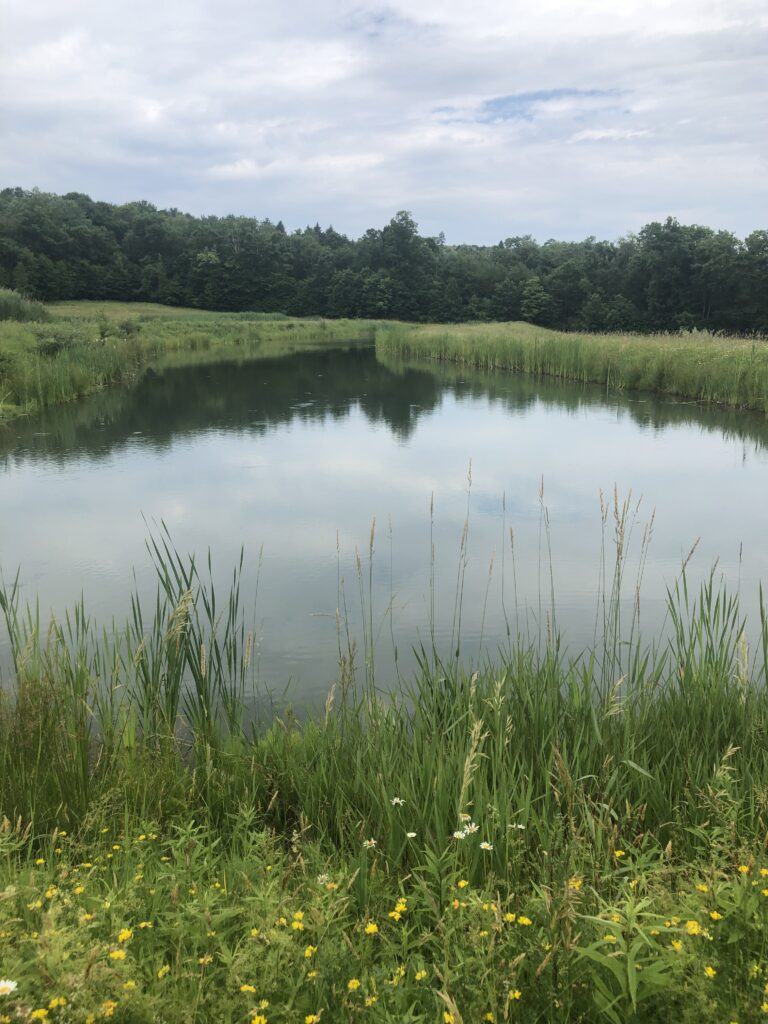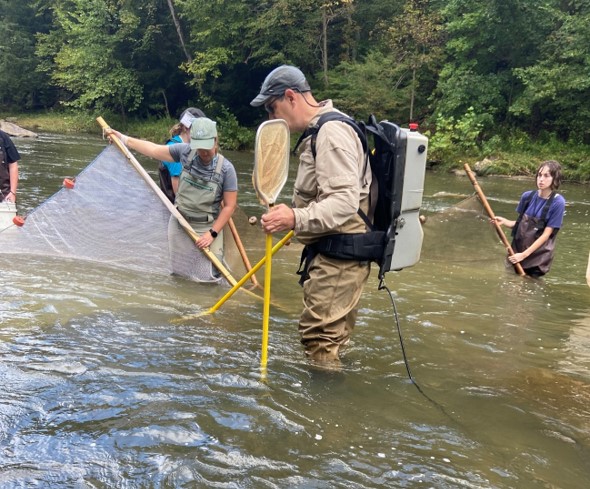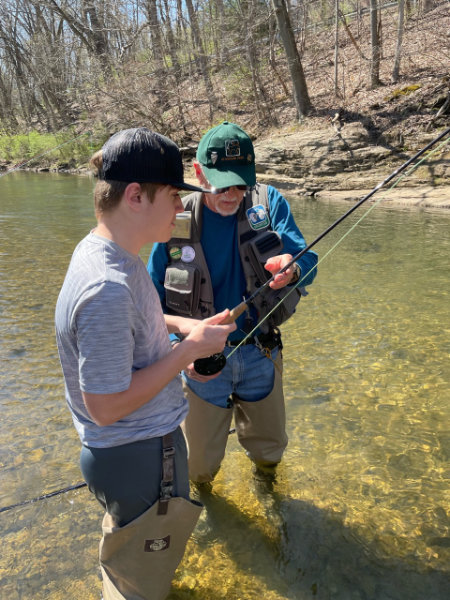
Many of our rivers, especially Stonycreek and the Kiski-Conemaugh, were effectively dead rivers 30 years ago, and for a long time before that. Way back in 1896, the State Commissioners of Fisheries stated of the Kiski-Conemaugh “Years ago, it was a fine fishing river, but within a comparatively recent date it has become polluted to such an extent that it is almost worthless as an angling stream.” The eagles that hunt these rivers indicate otherwise today.

Starting in the 1990s, construction of more than 25 treatment facilities in the Stonycreek watershed, and more in other tributaries, began to mitigate historical discharges of toxic fluid from abandoned coal mines. The systems on Stonycreek alone provide about 1.6 billion gallons of clean water to the river annually. Stonycreek is now a destination for sport fishermen and paddlers. More than 1,000 people from a dozen states bring kayaks to the annual three-day Stonycreek Rendezvous in mid-May, a commercial river tubing company now operates in Johnstown, and two kayak outfitters operate downstream on the Kiski-Conemaugh in Saltsburg. None of this would have happened without rehabilitation of the tributaries and head waters.

Returning to the fish, the 1980 survey of the Kiski-Conemaugh famously produced one frog and no fish. This table shows the recovery of this river in terms of species of fish recovered and numbers of individuals in official surveys, culminating in 386 individuals of 28 species in 2015.
1980 1990 2000 2015
Species present 0 16 16 28
Individuals 0 94 161 386
These inspiring data do not tell the whole story, though. Some species are more informative than others. Of particular interest is the recent discovery that the Bluebreasted Darter and the Tippecanoe Darter have colonized the Kiski. The Bluebreasted Darter lives in deep water until breeding season, when it moves to fast flowing reaches with sandy gravel and large stones. It is largely found in isolated populations in moderate to large streams with high water quality and turbid flow. Its conservation status is listed as “imperiled” or higher in seven states.The Tippecanoe Darter has similar life history, is similarly known from isolated populations in medium to large streams, and is listed as “imperiled” in West Virginia and Pennsylvania. In 2017, a team reported these rare fishes in the lower Kiski, a strong indicator of an ecological rebound to a healthy habitat through restoration of the upstream waters. This is a great success for a river that was declared dead in 1896.

